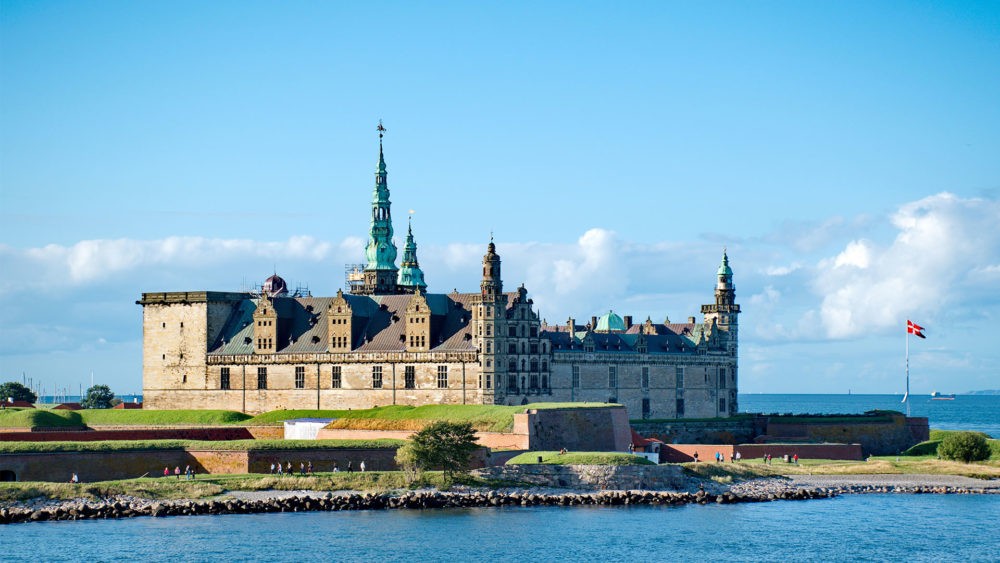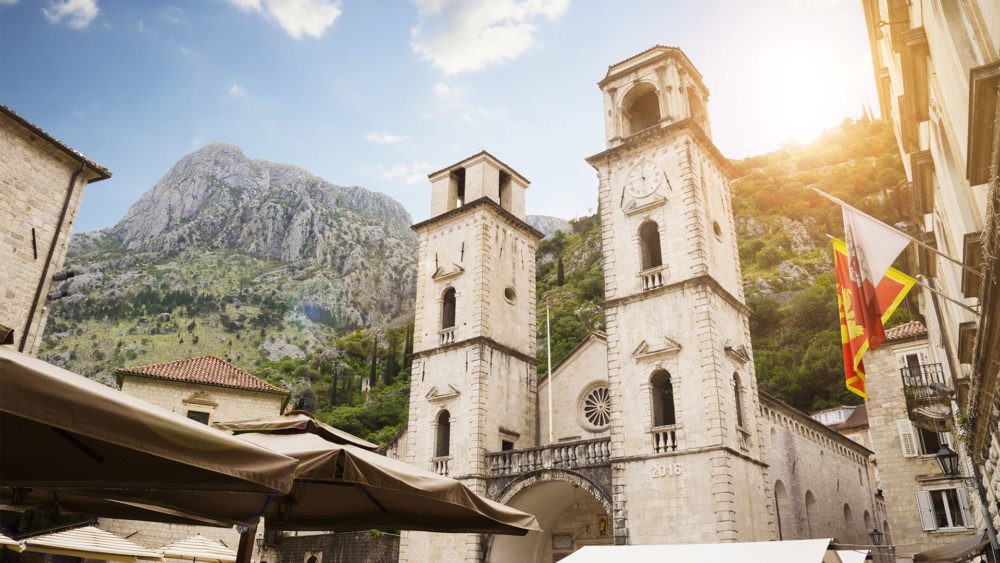Two secret UNESCO Sites for the Historically Curious
Europe is the home to a myriad of remarkable UNESCO World Heritage Sites, which connect visitors to the past in the most tangible of ways. Whether it’s a grand palace, a historic city center, an ancient monastery, or a Roman aqueduct, Europe has them all. What’s more, soon they will be ready to welcome historically curious visitors just like you.
To whet your palate for a wonderful future of travel to Europe, here are two UNESCO sites to consider visiting. Both have distinct and exceptional connections to the past—the first one with literature, the second one with ancient Mediterranean culture and archaeology. Keep reading to get inspired and discover more!
At Kronborg, step into the world of Hamlet
Halfway through one of Shakespeare’s most masterful works, Hamlet turns to Rosencrantz and Guildenstern and says, “Gentlemen, you are welcome to Elsinore. Your hands, come then.” Did you know that Shakespeare based Elsinore, the castle where much of this powerful tragedy unfolds, on a real castle in Denmark? Even better, did you know that this castle still stands and with a visit to Europe, you could explore its halls, courtyards, ballrooms, and sleeping chambers, as if you too were a character in this marvelous play?
The answer to all these questions is a resounding yes. Less than fifty kilometers north of Copenhagen, on the far eastern tip of Denmark, the historically curious traveler will come face to face with the majestic, fortified Kronborg Castle, the real life Elsinore and a UNESCO World Heritage Site. With a history that dates back to the 1420s, when King Eric VII sat on the throne, it controlled a throughway channel to the Baltic Sea. Since it was built, Kronborg has endured a great fire, the Swedish conquest of 1658, and many more times of tumult. Yet it still stands today, ready to welcome those who find wonder and delight in exploring Europe’s great heritage and past. Visit Kronborg to peer across the channel toward Sweden, to envision ships crossing over, ready to besiege the castle. From the edge of the water, you can almost see Dutch three-master ships arriving, their white sales full of wind, their flags flapping above. And of course, the imaginative traveler will be able to place him or herself in the rich world of Hamlet, to watch as the young Danish prince seeks to avenge the death of his father, who, as literary travelers will know, died at the hands of his own brother, Claudius. If you stand within the walls of Kronborg, you can almost hear Hamlet declaring, “Now cracks a noble heart. Good-night, sweet prince; And flights of angels sing thee to thy rest. ”

Step into Europe’s past with a visit to the ancient Mediterranean port of Kotor
In the secluded Gulf of Kotor, you will find an ancient coastal town on the southwest of the Balkan country of Montenegro. The best way to begin a journey in Kotor is to take in the scene at the emerald colored sea as if you just disembarked from a 10th century wooden trade ship in this deep ria and stepped onto the jetty. Look up at the smooth, stone fortifications in front of you and the orange-roofed houses behind, up against the gorgeous limestone cliffs of Orjen and Lovćen, which protect the town from behind. Then, in the same frame of mind, imagine that you walk among the seamen, the traders, the soldiers, all chattering in the ancient Dalmatian language spoken in Kotor until the 11th century.
Once you’ve absorbed all that the port has to offer, make your way on foot up to the Old Town, which has been a center of Kotor’s life for centuries and which UNESCO declared a World Heritage Site. In its current form, the Old Town was built between the 12th and 14th centuries, which means around nearly every corner of the crooked, well-worn streets, a curious traveler will find a hidden gem, a connection to long-lost vestiges of European history.
There are two sites in Kotor well-worth a visit if you’re curious about European heritage. The first is the Kotor Cathedral, a place of worship for locals whose foundations stretch back as far as the year 809. When you visit, keep an eye out for the cathedral’s magnificent collection of art objects, which includes paintings depicting biblical scenes, decorated ornaments in gold and silver, and the unparalleled stone masonry of the building itself. Then, change the pace of your journey a little and head for the Ladder of Kotor, a hike up and out of the town on ancient roads that once connected the area to the former capital of Montenegro, Cetinje. The start of the trail is conveniently located just next to the Old Town and stretches upward in switchback form. As you walk up the trail, you will feel almost as though it’s centuries in the past and you’re hauling your wares toward Cetinje. With your feet gripping the same stones as Montenegrins did for hundreds of years, you can almost feel the weight of a load of produce or wine or tools you’re carrying to sell. Don’t forget to look back down on Kotor from above as you walk the trail. The view from these heights is one of the best.

In the Kronborg Castle and town of Kotor you don’t have destinations, but rather, awaiting experiences. If you’re historically curious, these places will transport you back in time so that you can see and feel the momentous events that took place there. All you need is a little imagination! Of course, now might not be the ideal time for travel. But planning for a big trip to Europe is good fun. Another helpful tip is to read about or discuss these places in advance. A great way to do that is to join Visit Europe’s Facebook group for travelers who are curious about European heritage – History Lovers Europe. Join us now to share your own experiences and to learn from those of others. Also, don’t forget to follow along online via the hashtag #HistoricallyCurious on all major social media channels!